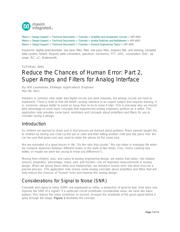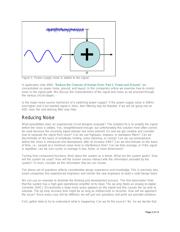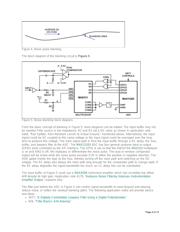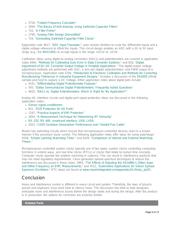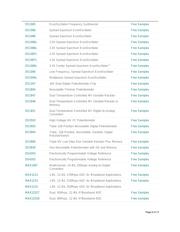Datasheet 搜索 > 接口芯片 > Maxim Integrated(美信) > MAX3225EEAP+T 数据手册 > MAX3225EEAP+T 其他数据使用手册 3/13 页
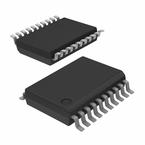
 器件3D模型
器件3D模型¥ 41.743
MAX3225EEAP+T 其他数据使用手册 - Maxim Integrated(美信)
制造商:
Maxim Integrated(美信)
分类:
接口芯片
封装:
SSOP-20
Pictures:
3D模型
符号图
焊盘图
引脚图
产品图
页面导航:
应用领域在P1P5P6
导航目录
MAX3225EEAP+T数据手册
Page:
of 13 Go
若手册格式错乱,请下载阅览PDF原文件

the noise spike is unavoidable. What do we know about its risetime amplitude and duration? If the spike
is very fast and narrow and our wanted signal is relatively slow, can we separate them by filtering? Can
we detect the spike and open a series switch to blank out the spike from the main path? Could we add
a pair of diodes like an electrostatic discharge (ESD) structure to clip any signal that goes above V
CC
or
below ground? Can we learn from application note 4344, "Rail Splitter, from Abraham Lincoln to Virtual
Ground?" In Figure 2 of that application note we create a voltage between V
CC
and ground at the
average signal level of the wanted signal. If the series resistor was replaced with a pair of back-to-back
diodes (Figure 2), the signal spike would be limited to the voltage ±0.6V for silicon diodes (red dashed
lines) and ~±0.3V for Schottky diodes (green dashed lines). The reverse recovery time for silicon diodes
can be between one hundreds and several hundreds of nanoseconds. Schottky diodes have a switching
time of ~100ps for the small signal diodes but, because of their operating physics, do not have a reverse
recovery time. The diodes can also be placed in the op amp feedback loop to reduce gain during the
spike. Figure 3 shows the effect of limiting.
Figure 2. Replacing a series resistor with a pair of back-to-back diodes.
Figure 3. Diode limiter effect, ±0.3V Schottky, ±0.6V silicon.
Figure 3 may help relieve op amp saturation and recovery time, but is it enough? We could add circuits
to blank out the noise pulse as in Figure 4.
Page 3 of 13
器件 Datasheet 文档搜索
AiEMA 数据库涵盖高达 72,405,303 个元件的数据手册,每天更新 5,000 多个 PDF 文件
